Unfortunately I never created flat frames in the past. It seemed laborious to me. White T-Shirt and so on… I didn’t realize that I was already equipped to make flat frames. My netbook with a non-reflecting display (Asus X205T).
It’s really worth to take flat frames. It removes vignette and any particles on the lens, like dust. How to use them in the stacking process in PixInsight can be found here.
Now I understand where this gray/green/blue centered halo comes from in some of my past images. I often had to fight with that… A pity I never did flats 🙁
To capture flat frames I use a white full screen background. Since the display of my netbook is not powerful, it’s on full brightness.
My DSLR settings for flats are 1/100 exposure time and the same aperture and ISO values like the lights (in my case f5.6 and ISO1600). This gives me a centered histogram curve which should be optimal according to informations I found in the net. I take around 30-50 flat frames directly after the lights (then finally I take darks and bias).

Of course flat’s should be taken directly after the light’s, if possible. Dust particles on the lens should be at the same position as during light’s creation.
The integrated result is fantastic, compared to the no-flats integration.
This are the raw integrated images, only color balanced with LinearFit and stretched with HistogramTransformation in PixInsight:


For better resolution right click and open in new window/tab:
Maybe I’ll buy a flat field generator someday, but until then this seems to be a good solution 🙂



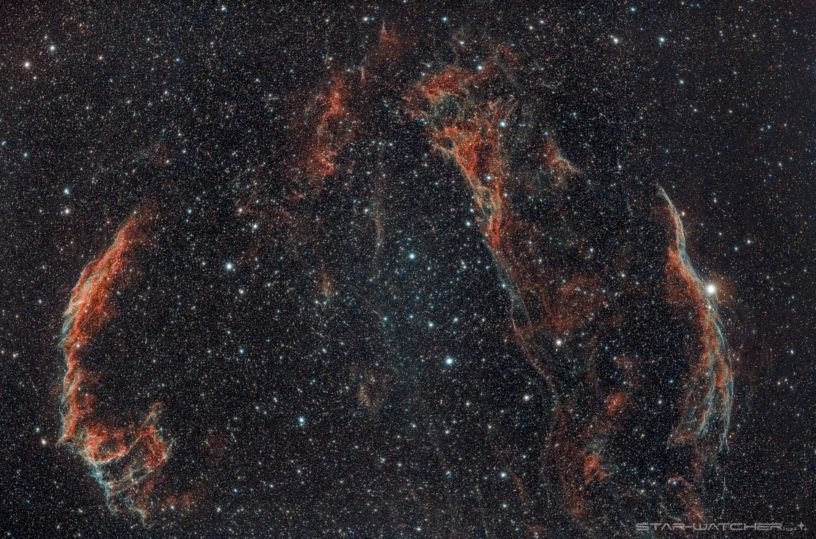
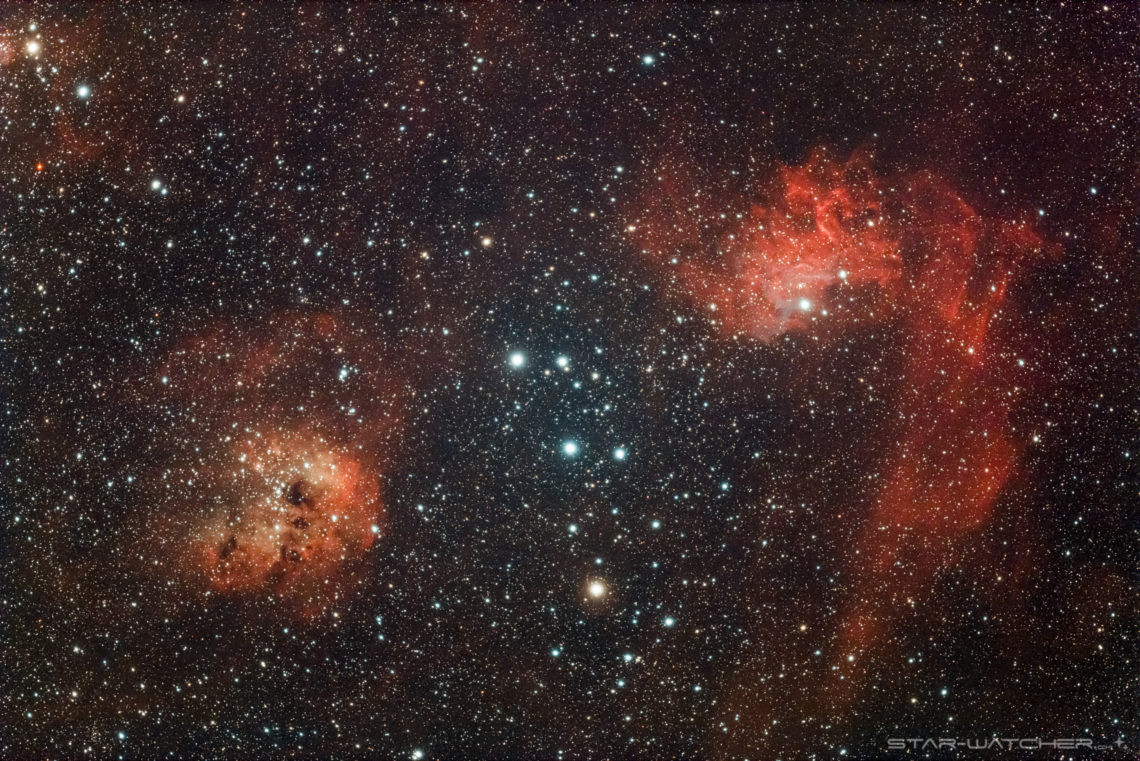



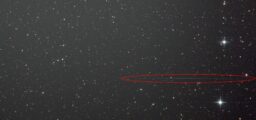
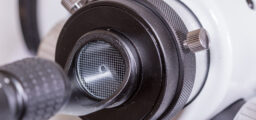
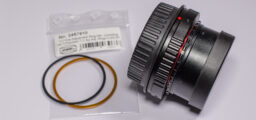
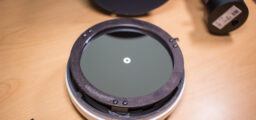

4 comments
Smart solution! Thank you for sharing this 🙏
You’re welcome 🙂 The netbook is part of my equipment anyway, so it’s perfect for me. I was concerned about uneven display illumination, but the result seems to work.
I am looking for a tablet to operate the asiair, it could be used to make flats, but I also hesitate with Lacerta Gen system like you. The weight of the autoguiding system and the reliability are 2 very important things for me, because I have to carry my equipment in the mountains for several days… A tough choice 😅
In my experience you don’t need a guider if you use 200mm or less focal length. Other wise I recommend to guide the Star Adventurer. The MGEN II is very reliable and easy to use, at least I never had problems with it. The new MGEN 3 has many improvements and is even easier in handling that MGEN II (one-button-push guiding). It’s expensive but also a good investment if you plan to buy someday a bigger mount/telescope.